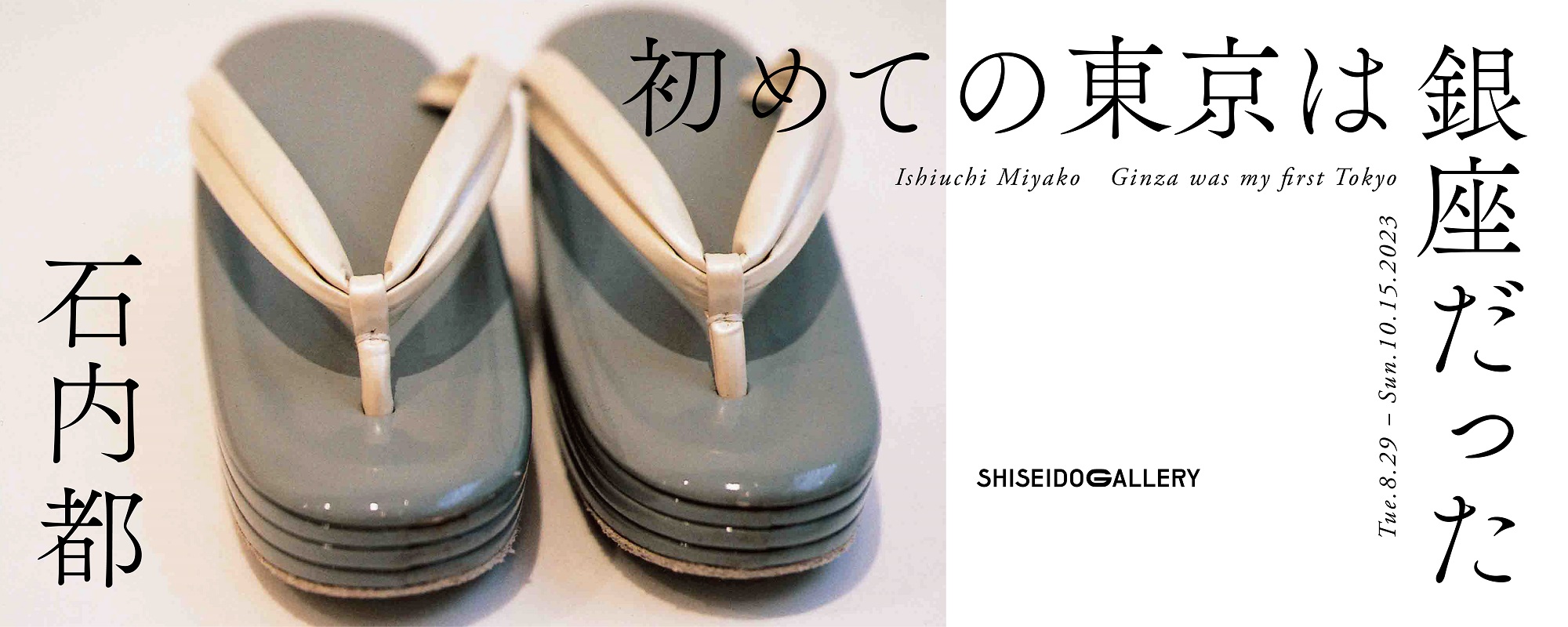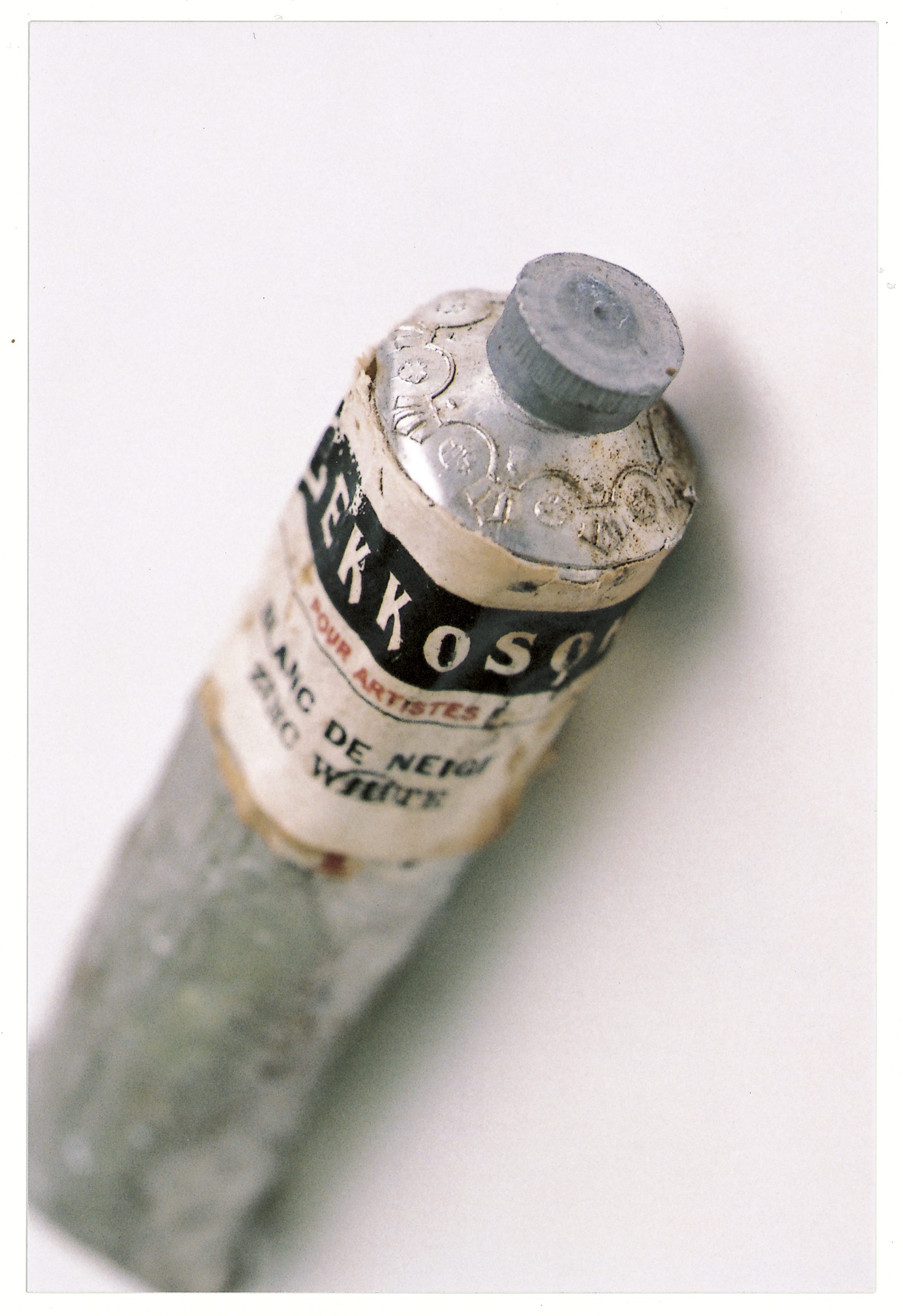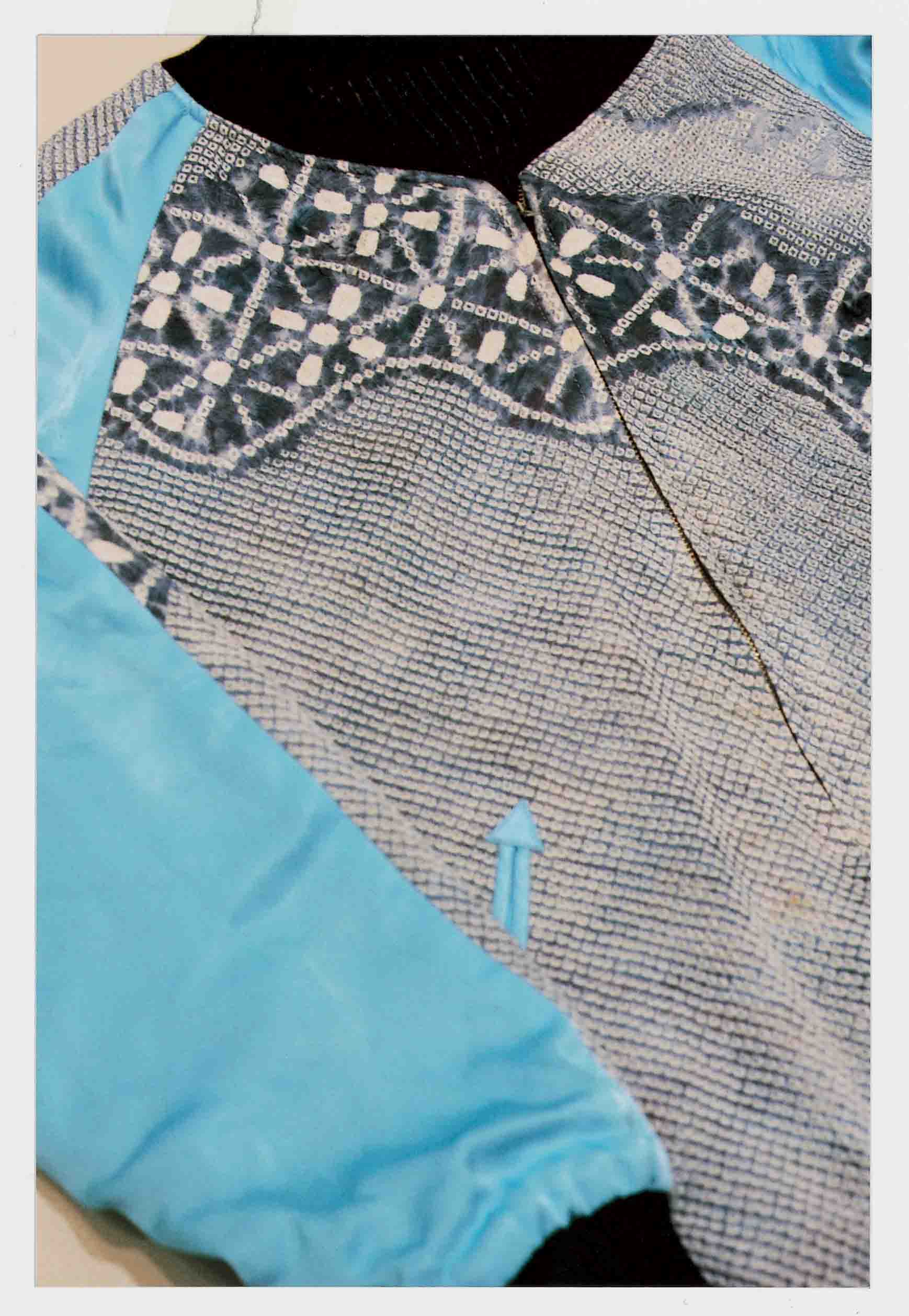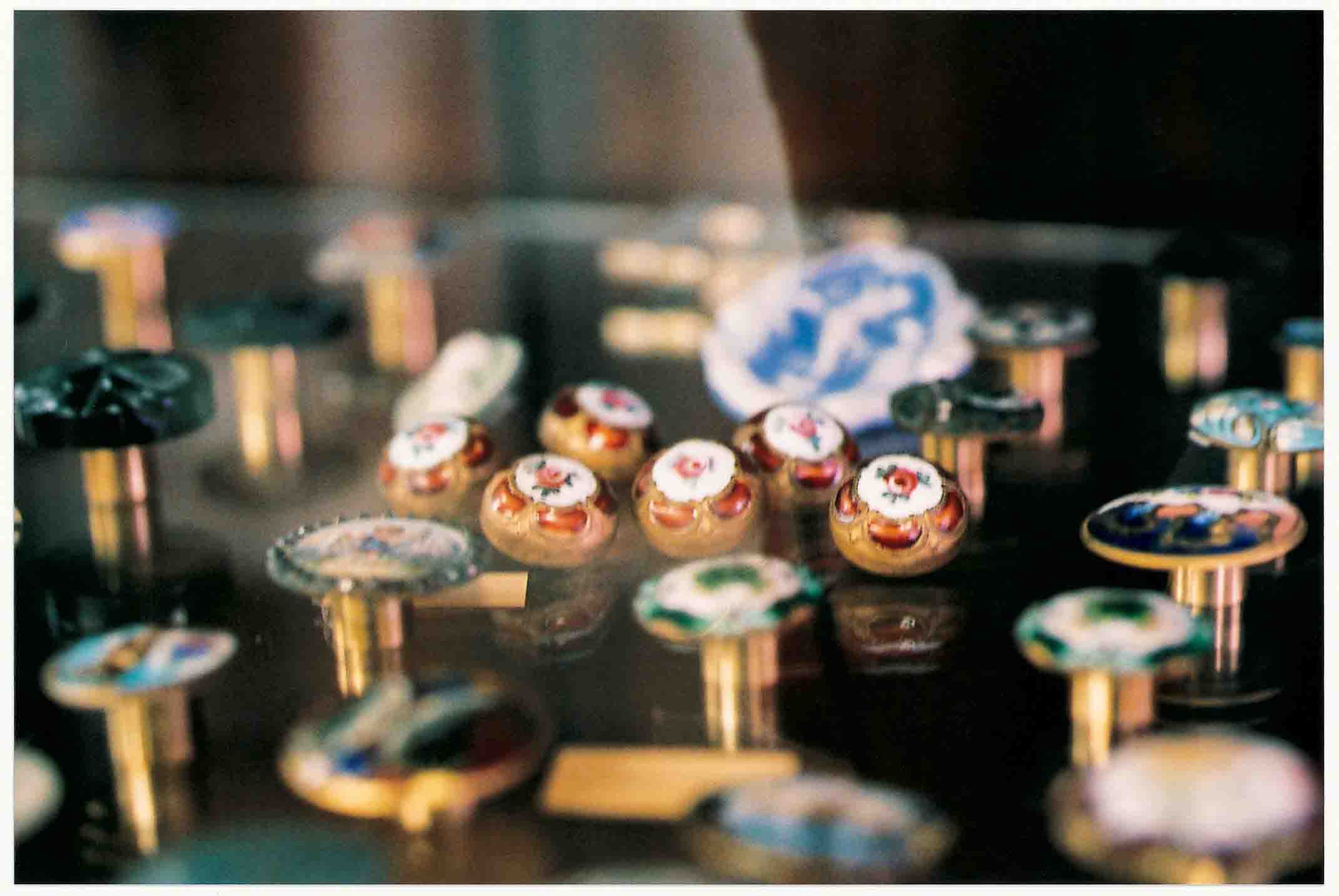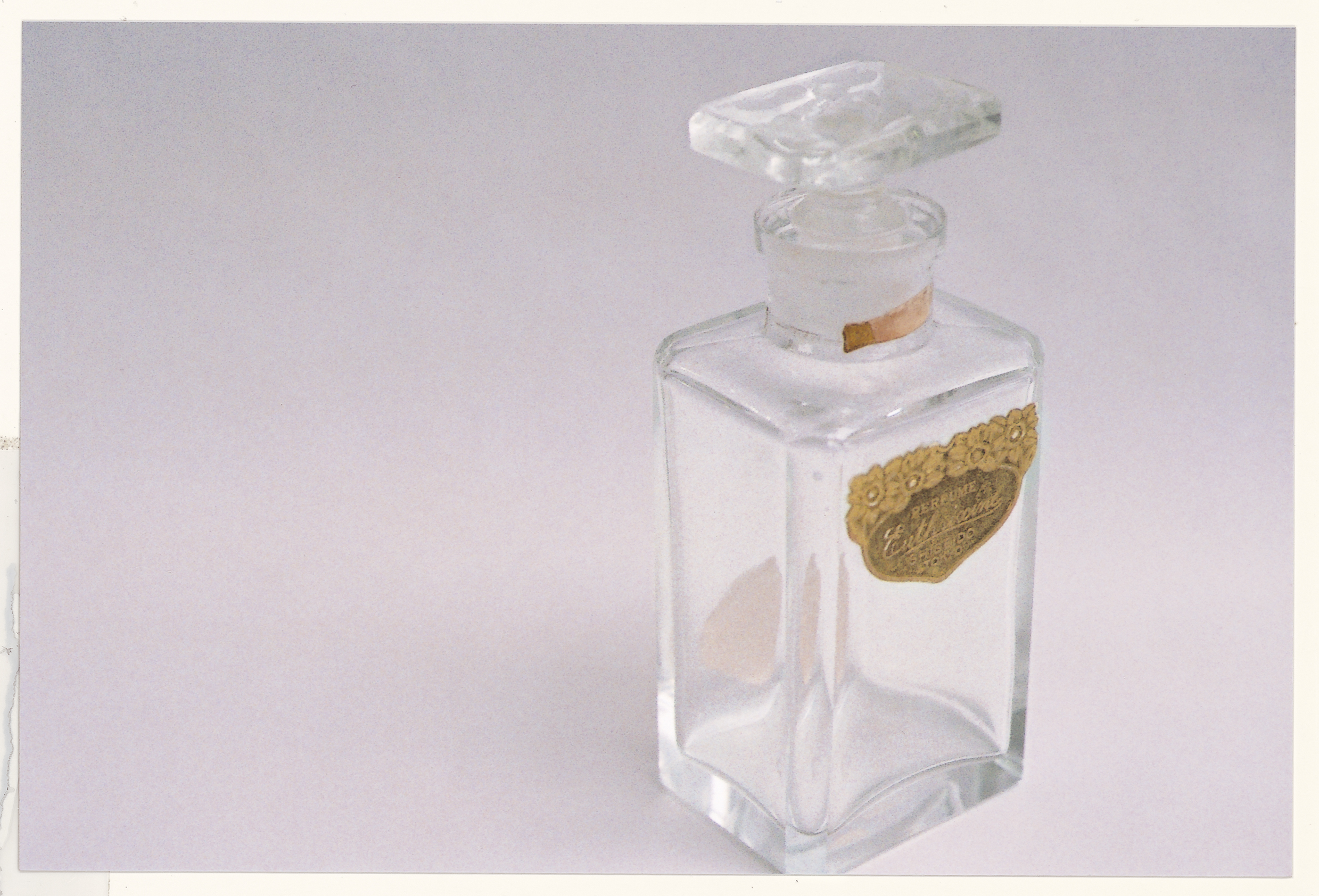The Shiseido Gallery is excited to present “Ginza was my first Tokyo,” a new exhibition of work by Ishiuchi Miyako, one of Japan’s leading international photographers. The exhibition will run from Tuesday 29 August to Sunday 15 October 2023.
A nexus for all things cutting-edge, from products to people, the Ginza district of Tokyo, where Shiseido began, has always embodied modernity, eagerly embracing new cultural trends while successfully upholding tradition. Web Hanatsubaki, the online edition of Shiseido’s corporate cultural magazine Hanatsubaki, ran the acclaimed “An Exploration of Modern Ginza” series of musings on the district’s past and present. The second chapter, titled “Ginza Ballad” (June 2022–May 2023)* was born out of stories woven by Morioka Yoshiyuki in response to Ishiuchi’s photographs reflecting the memories of objects.
This exhibition presents around 30 original prints from among the photographs taken by Ishiuchi for “Ginza Ballad,” including a number on public view for the first time.
Ishiuchi first visited Ginza in the spring of 1962, at the age of fifteen. Her aunt, a Tokyo bus conductor, had offered to take the young girl to one of the jazz cafes fashionable at the time. Ishiuchi would later make her way to Ginza to see movies, or to buy art supplies during her college days. Ginza is also where she exhibited works from the early photo book trilogy comprising Yokosuka Story (1977), APARTMENT (1978) and Endless Night (1980) that launched her career as a photographer.
In addition to objects with a personal connection to Ishiuchi, such as still-treasured records by a singer she visited Ginza to hear, and paint manufactured and sold during the war by art supply store Gekkoso, the “Ginza Ballad” series features items symbolic of stores integral to the cultural fabric of Ginza. These include Hanatsubaki, Shiseido’s first commercial venture into perfume; a “sukajan” bomber jacket made using kimono offered by geisha from Ginza and Shinbashi, and fabric in the Shinbashi blue loved by Meiji-era entertainers; a takohiki knife from Ginza Sushiko Honten, antique buttons from Mitake Buttons, tempura from Ginza Ten-Ichi, zori sandals from Ginza Motoji, scissors used by tailors Ichibankan, hats from Ginza Vogue, and rice-filled omelette from the Shiseido Parlour.
Over her years as a photographer, Ishiuchi’s ideas around photography have evolved in various ways. She notes that these days she is more accepting of the part played by photography in documenting and communicating, something she felt a degree of resistance to in her early career, and now seeks greater freedom in her photographic ventures. In the items here that Ishiuchi has photographed in this spirit, perhaps we will perceive techniques, traditions, and pride of particular resonance, that we will want to remember forever.
2023 marks a century since the capital was devastated by the Great Kanto Earthquake. Throughout its history, Ginza has also served as a symbol of rebirth and recovery in the wake of catastrophic disaster and war. Now the streets of Ginza have begun to bustle once more, including with visitors from overseas. As we take in the many different items captured by Ishiuchi Miyako in the ever-evolving district of Ginza, and turn our imaginations to their myriad memories and the tales they have to tell, “Ginza was my first Tokyo” will no doubt be a delightful reminder of just what makes Ginza so special.
*Web Hanatsubaki’s “Ginza Ballad” series
https://hanatsubaki.shiseido.com/jp/gendai_ginza/18662/
